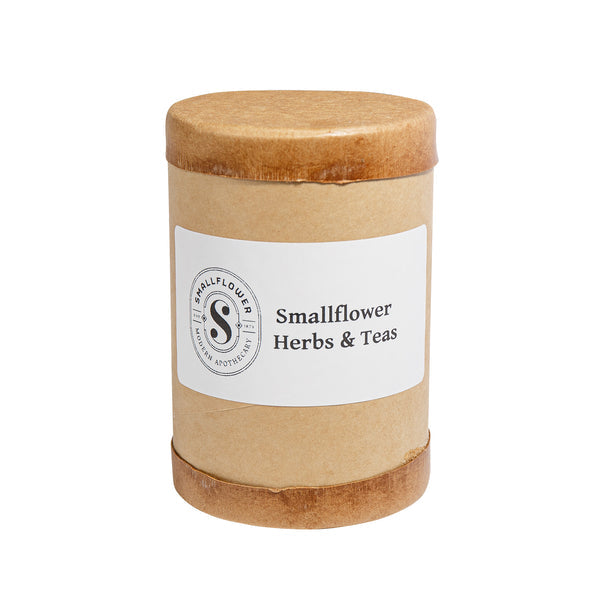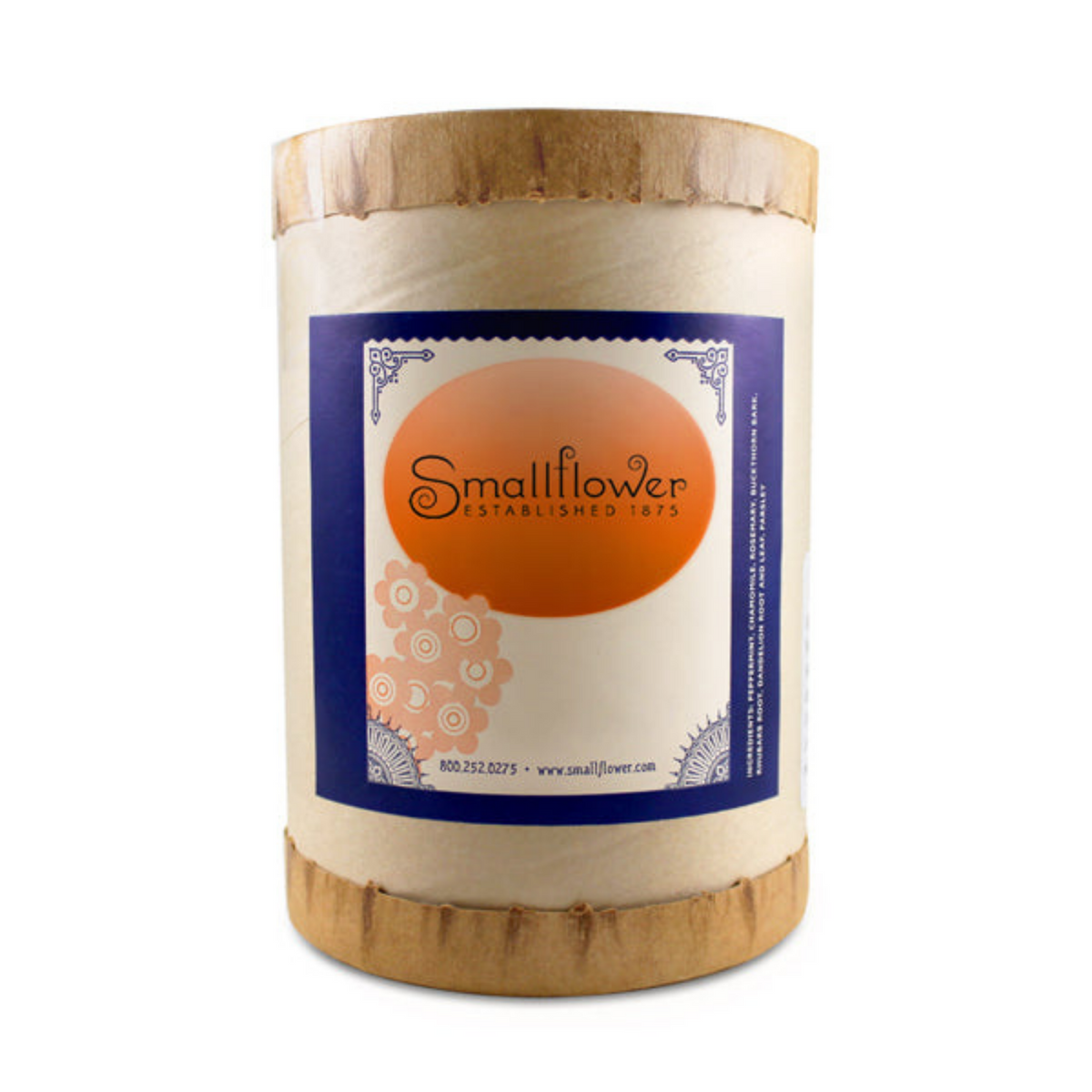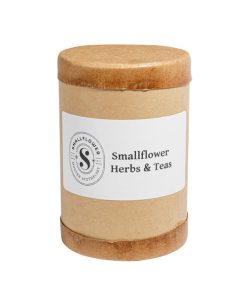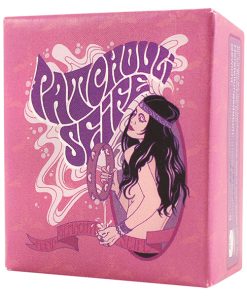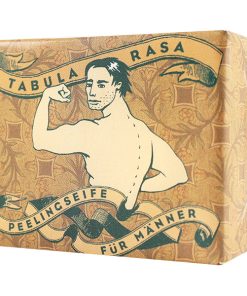Smallflower Wood Avens (4 oz) #10084930 Smallflower
$ 7,50 $ 4,50
Wood Avens – (Geum urbanum) is a perennial plant of the Rosaceae family, native to Europe, Russia and Central Asia and is naturalized in some areas of New Zealand and North America. Wood Avens prefers damp, shady woodlands in temperate climates. It is a somewhat hairy and straggly plant with 5-petaled yellow flowers that perch on the tips of its tall, thin stems. The flowers bloom in May through October, giving way to reddish brown seed pods that hook onto the fur or clothing of passersby, helping to widely distribute seeds. Perhaps because of this tendency, Wood Avens has a habit of following human development. It tends to thrive in parks, gardens and waste areas, often dismissed as a weed and nuisance. This is especially the case in North America, where it is not commonly used in herbalism, but Wood Avens has a long history of use in Europe dating back to Medieval times. Back then, it was known as ‘Herb Benedictine’ or ‘Blessed herb’ because of its many medicinal uses at the time. According to ancient herbalist Nicholas Culpeper, it could ‘ward off the plague or any other poison’. It was believed that Wood Avens could keep the devil at bay, protect from evil spirits, wild dogs and venomous beasts! In modern times, Wood Avens is mainly valued for its mildly sedative and astringent qualities. It can be infused for a relaxing tea to support sleep and digestion, or used topically for minor skin irritations.
Common names: herb bennet, goldy-star-of-the-earth, city avens, wild rye.
| Size | 4 oz |
|---|
Fast Shipping and Professional Packing
Our long-standing partnership with UPS FedEx DHL and other carriers around the world lets us offer a range of shipping services. Our warehouse employees will pack all goods to our exacting specifications. Your goods are thoroughly checked and securely secured prior to shipment. We deliver to hundreds of thousands of customers each day in different countries. This shows our commitment to become the biggest online retailer on earth. The warehouses and centers of distribution are located in Europe, as well as the USA.
Orders with more than 1 item are assigned processing times according to each item.
We will thoroughly inspect all items ordered before shipping. The majority of orders will be delivered within 48 hours. It is expected that delivery will take between three and seven days.
Returns
Due to multiple parties which include the factory as well as the warehouse, we are unable to effectively manage inventory. The stock levels may fluctuate at any given time. Be aware that it is possible that your order will run out of stock even after you have made the order.
Our policy lasts for thirty days. We cannot exchange or refund your order if it has been 30 days from the date of purchase.
The item you purchase must be in its original packaging and be unused. The item must be in the original packaging.
Related products
Aftershaves
Antiperspirant & Deodorant
